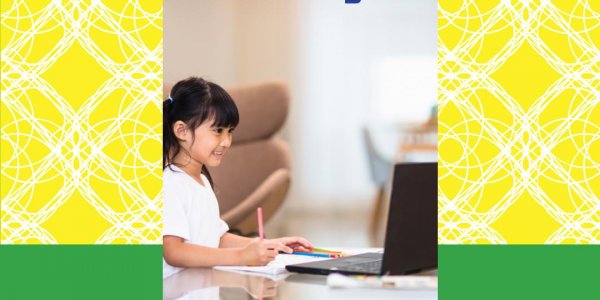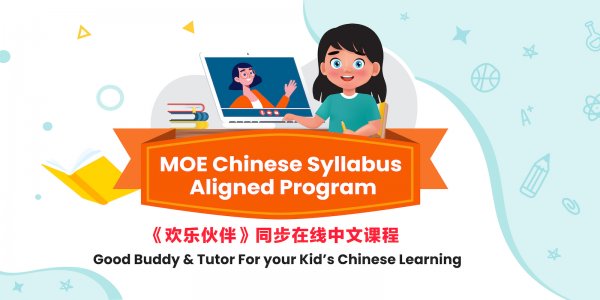A Brief History
To understand something, you have to understand its history. The Montessori was developed by Italian physician and educator Maria Montessori around 1911. However, it was developed at a time when children were still seen as empty vessels, completely dependent on the help of adult to fill them with knowledge and information. As a result, the approach did not catch on until around 1960s in the United States. However, note that there is not a uniform definition of what constitute a Montessori school, but the largest two organizations are the Association Montessori Internationale (AMI), which is founded by Maria Montessori herself, and the American Montessori Society (AMS).
The Montessori Perspective
“Education depends upon a belief in the power of the child, on a certainty that the child has within himself the capacity to develop into a being that is far superior to us.”
– Marie Montessori
In short, Marie Montessori purport that children are not empty vessels like previously thought, but unique individuals with unlimited potential, and that it is important for adults to nurture and develop that potential. Instead of force-feeding information to children, we put them in a environment conducive for learning and let them discovery new knowledge themselves, at their own pace. Contrary to popular belief, the Montessori approach is a human development model that is not limited to children below 6 years old, but extends up to the age of 24 as well.
The Montessori Classroom
As mentioned earlier, there is no single definition of a Montessori classroom. However, both the AMI and AMS have cited the following elements as essential:
- Mixed age classrooms, with classrooms for children ages 2½ or 3 to 6 years old by far the most common. This is to facilitate learning between children of different age group. Note that age is not seen as an indicator of a child’s intelligence in a Montessori classroom, as different child learn different things at different pace.
- Student choice of activity from within a prescribed range of options. This will allow children to explore their interest freely, without restrictions.
- Uninterrupted blocks of work time, ideally three hours. To allow adequate time for children to focus and concentrate on a particular activity.
- A constructivistor “discovery” model, where students learn concepts from working with materials, rather than by direct instruction. Montessori believes that children learn more by using all senses, instead of only listening.
- Specialized educational materials developed by Montessori and her collaborators. Some prominent ones are the self-correction materials, which allow children to realize their own mistake and make correction, without the teacher’s help.
- Freedom of movement within the classroom, encourage interaction among children and allow them to choose the material they want to play with.
- A trained Montessori teacher, either AMI or AMS certified.
In addition, a typical Montessori classroom is usually divided into different learning area, namely:
- Practical Life – Help the child develop control and coordination of movement, awareness of his/her environment, good work habits, responsibility, independence, order and a positive self-image.
- Sensorial Education – Helps the child understand the concepts of shape, texture, colour, weight, sound and smell in a fun and interesting way.
- Mathematics – Helps the child understand mathematical concepts through the use of Montessori mathematics materials, like the number rod and golden beads.
- Language – Helps the child understand language concepts using a phonetic-based approach to reading, singing and story-telling.
- Culture – Helps the child understand the world beyond the classroom. Nature and global awareness is taught through the use of globes and the study of plants and animals.
How Does This Benefit My Child?
- Constant interactions among children helps build up their social skills, respect for one another, and a sense of community.
- Learning is child-centred, allowing each child to learn at their own pace, on topics that interests them. This is especially good for children with short-attention span, as they only need to pay attention to things that interest them in the first place.
- Grounds rules, such as putting things back to where they belong (each toy has a precise location on a shelve), are consistently enforced by the teacher and other students. This teaches self-discipline to the child.
- The Montessori approach will allow your child to discover what’s right and what’s wrong by themselves, instead of being told what is right and what is wrong. Bringing this mindset into their adult life will allow them to be highly analytical and inquisitive individuals.
We hope that the article will be able to help you understand a little bit more about the Montessori approach and the benefits it brings to your child.
FIND A PRESCHOOL NEAR YOU
Type in your place’s postal code, click search and
See all Preschools near your place.
GET REAL TIME UPDATES
On Events And Offers From Childcare Centres Near You
Spend your time playing with your children instead of searching the web for the right preschool.
Leave Your Preschool Hunting Job to Us
LATEST HAPPENINGS

HOLIDAY PROGRAMME : Learn to Read and Spell 100+ Words in 3 Sessions!
27th Oct 01:00 PM ~ 17th Dec 02:30 PMGRAPES ENRICHMENT CENTRE Read More

The British Council's English Nov/Dec 2025 Holiday Camps
24th Nov 09:00 AM ~ 19th Dec 04:00 PMNapier Road Centre Read More

Open House | Kinderland Academy & Preschool
5th Dec 04:25 PM ~ 26th Dec 01:00 PMKinderland Academy @ Yio Chu Kang Read More

New Campus - Superland Pre-School Central Boulevard - ADMISSION IS NOW OPEN!
11th Feb 12:00 AM ~ 31st Dec 12:00 AMIOI Central Boulevard Towers Read More

in:genius Open House
18th Oct 10:00 AM ~ 31st Dec 02:00 PMin:genius Student Care @ Bukit Merah Read More

Admission is NOW OPEN!
3rd Feb 09:05 AM ~ 31st Dec 05:00 PMHaven Schoolhouse @Bedok North Read More

InnoSage Online Chinese Immersion Programme
9th Aug, 2023 05:00 AM ~ 6th Dec, 2031 10:00 PMRead More



